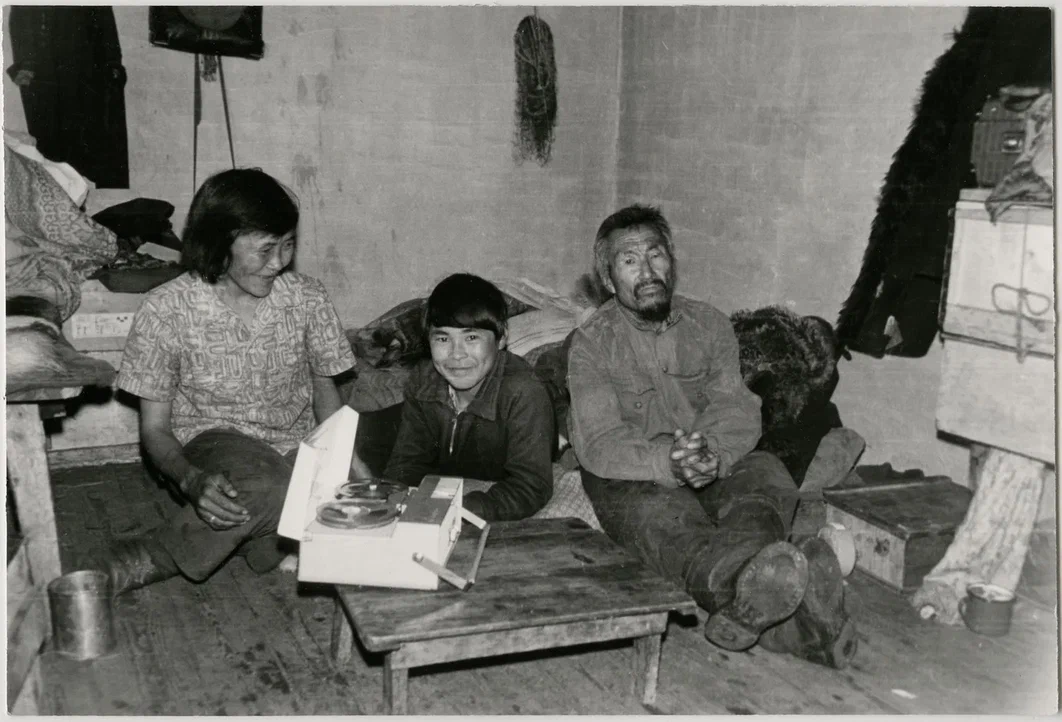|
|
Ivan Andreevich Golovnev
Doctor of Historical Sciences, Leading Researcher of the Centre for Arctic Research
Of the Peter the Great Museum of Anthropology and Ethnography (the Kunstkamera) RAS
|
Kereks. Demographics: Population Dynamics, Urban/Rural Population, Age and Gender
Makeup
According to the official statistics, the size of the Kerek ethnic group has been dwindling throughout history. In 1897, there were around 600 Kereks, in 1927 – 315, in 1959 – 53, in 1970 – 25, in 1975 – 13 people, in 2002 – 8 people, and in 2010 – 4 people. However, the 2020-2021 census registered 23 people who put down their ethnicity as Kereks. These figures show that, notwithstanding the inevitable gradual shrinking of the ethnic group to its critical minimum, the current dynamics are positive.
By the late 1950s, V.V. Leontyev found out that Kereks were localized in just two Chukotka ethnic settlements of the area – Meinypilgyno and Khatyrka. The data of his field research show that, in 1970, only 15 out of 31 people living in Meinypilgyno in ethnically mixed marriages considered themselves to be Kereks. In Khatyrka, 11 Kereks were recorded. Later, in the 1975 field season, he only found 5 Meinypilgyno and 6 Khatyrka Kereks.
During I.A. Golovnev’s 2017 research in the ethnic settlements of Meinypilgyno and Khatyrka, it was confirmed that the descendants of Kereks in mixed families viewed themselves as the Chukchi (they were recorded under this ethnonym in the corresponding boxes on the census) – 15 such people were found. The overwhelming majority of the informants at the time of the filming expedition were elderly people (60-65 y.o), so there is no reason to single out “the young cohort” among the aging Kerek community.
In the 2020/2021 census, out of 23 people who put down themselves as Kereks, 20 (13 men and 7 women) were registered to be living in urban areas, and only 3 (women) in rural areas.

A Kerek family. V.V.Leontyev’s photo. Funds of the Magadan Local History Museum (KP-34409-474)























































